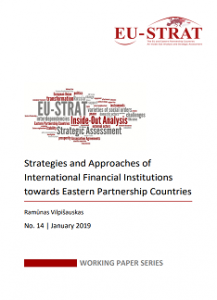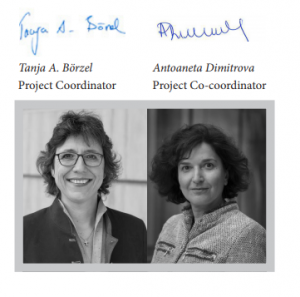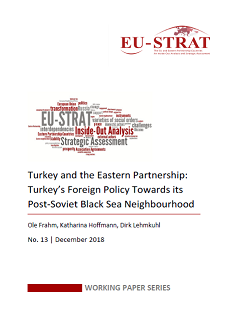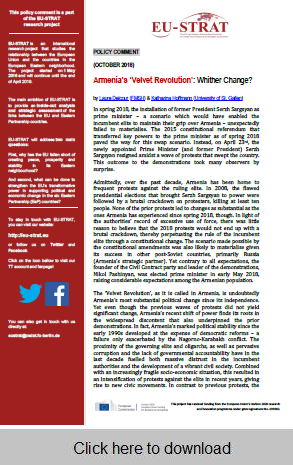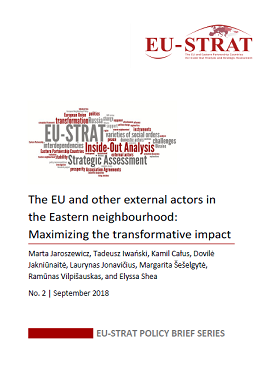
On 17 January 2019 in Minsk, the School of Young Managers in Public Administration (SYMPA) organized a EU-STRAT policy briefing focused on comparing state capacity in Belarus and Ukraine. Participants of the event represented several state institutions, such as the Ministry of Economy and Minsk City Council, as well as international organizations like the UNDP. Also represented were national NGOs and civic initiatives, research institutions, such as the Economic Institute of the National Academy of Sciences and Research Institute of the Ministry of Economy, in addition to private businesses and academia. The event was also attended by media representatives, including Belapan news agency and BelSat TV company.
Natallia Rabava, the Founding Director of SYMPA, introduced EU-STRAT and the project’s research on state capacity. She was joined by Dr Antoaneta Dimitrova, Dr. Honorata Mazepus (Leiden University), Dr. Tatsiana Chulitsakaya (European Humanities Univeristy, SYMPA) and Ina Ramasheuskaya (SYMPA). Antoaneta Dimitrova highlighted the importance of statehood and state capacity for post-Soviet states, and Belarus and Ukraine in particular, as well as how the EU and international organizations approach relations with them. Honorata Mazepus discussed how the project conceptualized and operationalized state capacity: at the level of development of the public administration system (administrative capacity), and at the level of public services provided to citizens.
Tatsiana Chulitskaya explained how these concepts were applied in the case of Belarus. Administrative capacity was described as largely inherited from Soviet times, functioning relatively well but in a very politicized manner. The quality of public services was evaluated as quite high as compared to other countries in the region. At the same time, these services may have different levels of development or quality. For example, the land cadaster (public record of real estate) was quite highly rated, indicators for education and health care (such as literacy and life expectancy) were also rather good, but the quality of these services is under question. Regional cohesion was also seen as quite ‘normal’ in terms of differences between regions (oblasts) of Belarus, although the discrepancy between urban vs. rural and the capital vs. other cities appears to be increasing.

Ina Ramasheuskaya presented the case of Ukraine. Unlike Belarus, Ukraine’s public administration system was reformed several times since the breakdown of the USSR. After 2014, the new government declared the goal of developing the system in accordance with democratic principles and ‘best practices’. In this sense, it has more potential than the unreformed Belarusian administrative state. However, public services are in general less developed than in Belarus, and regional cohesion is also a big challenge.
Participants discussed other indicators and instruments that could be used in the future to assess the services provided by the state. EU-STRAT only took into account the transport infrastructure, while other aspects were not assessed. Another point made was that, when it comes to the land cadaster, a large percentage of land is owned by the state in Belarus, and there is almost no land in general circulation. So, it is comparably easy to centralize, digitalize and maintain the land cadaster, but its usefulness is under question. Lastly, a better ‘baseline’ or normative point for comparison would be useful to understand which system still is more effective and how much the levels of development of a particular service differ.

